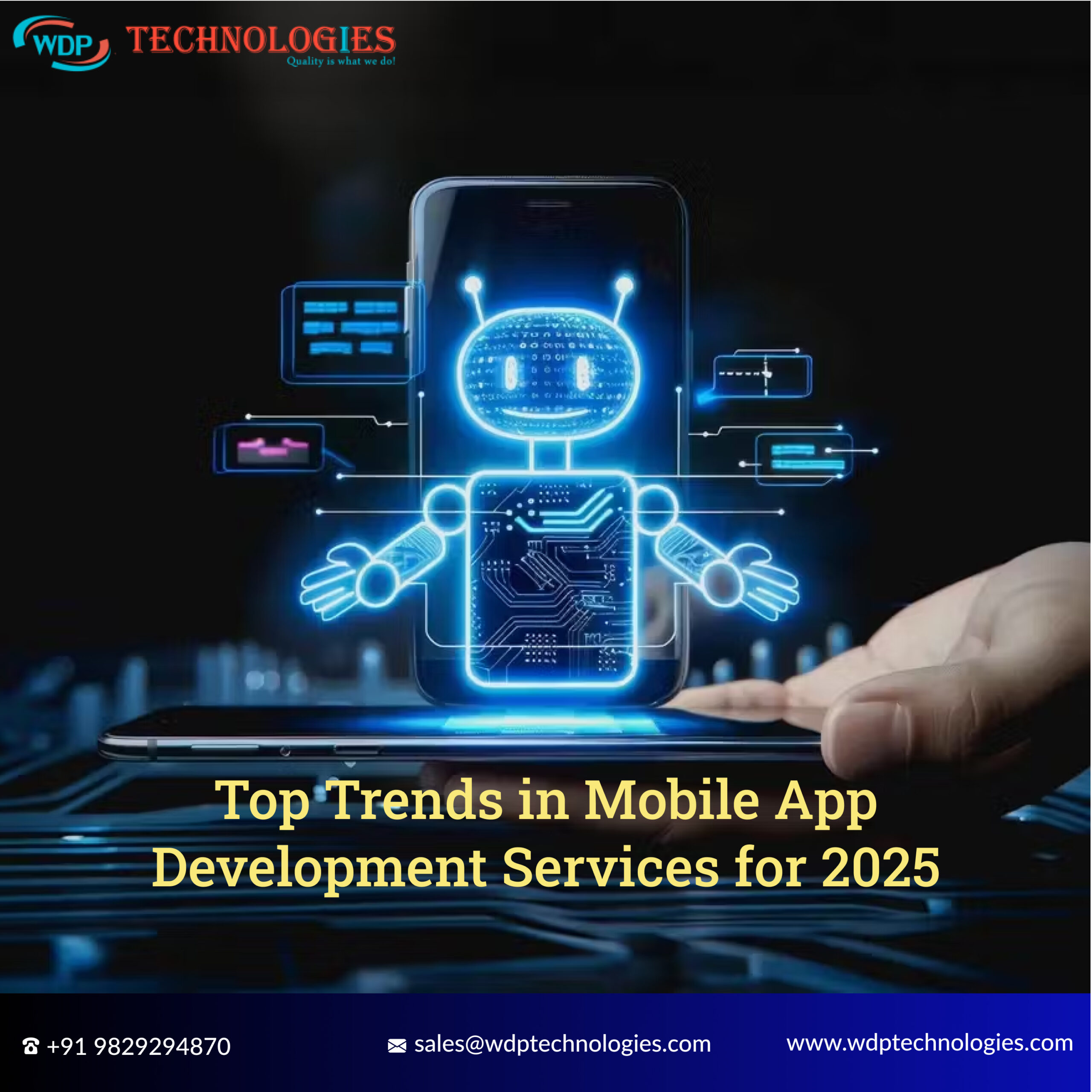In the dynamic world of e-commerce, staying ahead of the curve is not just advantageous; it’s imperative for success. As we step into 2024, the landscape of online retail continues to evolve at a rapid pace, driven by technological advancements, shifting consumer behaviors, and emerging market trends.
In this comprehensive guide, we get into the 20 current ecommerce trends 2024 that are set to redefine the industry.
20 Current ECommerce Trends 2024
As we hurtle through 2024, new technologies, shopping habits, and priorities are emerging, forcing businesses to adapt or risk getting left behind. Here’s a breakdown of the current ecommerce trends that are shaping the future:
1. AI-Powered Personalization:
AI algorithms are becoming increasingly sophisticated in analyzing customer data, preferences, and behavior. This enables e-commerce platforms to offer personalized product recommendations, tailored marketing messages, and individualized shopping experiences. By leveraging AI, businesses can enhance customer engagement, increase conversion rates, and foster long-term loyalty.
2. Voice Commerce:
Voice-enabled shopping experiences, powered by virtual assistants like Amazon’s Alexa, Google Assistant, and Apple’s Siri, are transforming the way consumers interact with e-commerce platforms. Voice commerce enables hands-free shopping, allowing users to place orders, track packages, and inquire about product details simply by speaking commands. As voice recognition technology continues to improve, voice commerce is poised to become a significant driver of online sales.
3. Augmented Reality (AR) Shopping:
AR technology enables shoppers to visualize products in real-world environments before making a purchase. By superimposing virtual objects onto the physical world through smartphones or AR glasses, consumers can preview how furniture, clothing, or home decor items will look in their homes or on their bodies.
AR enhances the shopping experience by reducing uncertainty, increasing confidence, and decreasing the likelihood of returns, ultimately leading to higher conversion rates and customer satisfaction.
4. Sustainable E-commerce Practices:
With growing awareness of environmental issues, consumers are increasingly drawn to eco-friendly brands and sustainable products. E-commerce businesses are responding by adopting environmentally responsible practices throughout their supply chains, including sourcing sustainable materials, reducing packaging waste, and offsetting carbon emissions.
By prioritizing sustainability, e-commerce companies can attract environmentally conscious consumers and differentiate themselves in a competitive market.
5. Social Commerce:
Social media platforms are evolving into powerful e-commerce channels, blurring the lines between social networking and online shopping. Features such as shoppable posts, live shopping events, and influencer marketing collaborations allow brands to engage directly with consumers and drive sales within the social media ecosystem.
By integrating e-commerce functionality seamlessly into social platforms, businesses can capitalize on the immense reach and engagement potential of social commerce platforms.
6. Subscription-Based Models:
Subscription e-commerce models offer consumers convenience, customization, and cost savings through recurring deliveries of products or services. From meal kits and beauty boxes to streaming services and software subscriptions, the subscription economy continues to expand across various industries.
By offering subscription options, e-commerce businesses can build predictable revenue streams, foster customer loyalty, and encourage repeat purchases over time.
7. Live Commerce:
Live commerce combines the immediacy of live streaming with the interactivity of e-commerce, allowing brands to showcase products in real-time and engage directly with customers. Whether through live product demonstrations, Q&A sessions, or interactive polls, live commerce enables personalized interactions that mimic the in-store shopping experience.
By harnessing the power of live video, e-commerce platforms can drive engagement, build trust, and accelerate purchase decisions.
8. Blockchain for Supply Chain:
Blockchain technology offers a decentralized and immutable ledger that enables transparent and traceable transactions across the supply chain. By recording product provenance, authentication, and movement on a blockchain, e-commerce businesses can enhance supply chain visibility, mitigate counterfeit risks, and ensure ethical sourcing practices.
Blockchain-based solutions empower consumers to make informed purchasing decisions based on verifiable data, ultimately building trust and confidence in the supply chain.
9. Mobile Shopping Dominance:
With the widespread adoption of smartphones and tablets, mobile commerce has become a dominant force in the e-commerce landscape. Mobile-optimized websites, user-friendly apps, and seamless mobile payment options cater to the growing number of consumers who prefer to shop on their mobile devices.
By prioritizing mobile shopping experiences, e-commerce businesses can capture a larger share of the mobile-driven market and capitalize on the convenience of on-the-go shopping.
10. Instant Gratification:
In today’s fast-paced world, consumers expect instant gratification when it comes to online shopping. E-commerce businesses are meeting this demand by offering expedited shipping options, same-day delivery services, and in-store pickup arrangements.
By providing fast and reliable fulfillment options, businesses can enhance customer satisfaction, reduce cart abandonment rates, and gain a competitive edge in the market.
11. Robust Cybersecurity Measures:
With the increasing frequency and sophistication of cyber threats, e-commerce businesses must prioritize cybersecurity to protect sensitive customer data and secure online transactions. Implementing robust encryption protocols, multi-factor authentication mechanisms, and proactive threat detection systems can safeguard e-commerce platforms against data breaches, identity theft, and fraudulent activities.
By investing in cybersecurity measures, businesses can instill trust and confidence in their online offerings, fostering long-term relationships with customers.
12. Headless Commerce Architecture:
Headless commerce architecture decouples the front-end presentation layer from the back-end e-commerce functionality, allowing for greater flexibility, scalability, and customization. By separating the user interface from the underlying e-commerce platform, businesses can deliver seamless omnichannel experiences across multiple devices and touchpoints.
Headless commerce empowers brands to adapt quickly to changing market dynamics, experiment with new technologies, and innovate without constraints imposed by traditional monolithic e-commerce platforms.
13. Contactless Payments:
The COVID-19 pandemic accelerated the adoption of contactless payment methods, such as near-field communication (NFC) payments, mobile wallets, and QR code payments. Contactless payments offer convenience, speed, and security, reducing the need for physical contact during transactions.
By accepting contactless payment options, e-commerce businesses can cater to evolving consumer preferences, streamline checkout processes, and enhance the overall shopping experience.
14. Localization and Global Expansion:
E-commerce businesses are increasingly targeting international markets by tailoring their offerings to local preferences, languages, and cultural nuances. Localization efforts encompass website translations, region-specific pricing, and localized marketing campaigns designed to resonate with diverse audiences.
By expanding globally and adapting to local market conditions, e-commerce brands can unlock new growth opportunities, reach untapped customer segments, and establish a strong global presence.
15. Inclusive and Diverse Marketing:
Inclusivity and diversity have become key considerations in e-commerce marketing strategies, reflecting the diverse demographics of today’s consumer base.
By featuring diverse representation in advertising campaigns, product imagery, and brand messaging, businesses can appeal to a wider audience and foster a sense of belonging among underrepresented communities. Inclusive marketing not only strengthens brand perception but also drives customer engagement and loyalty.
16. Customer Experience Automation:
Automated customer service solutions, such as chatbots, virtual assistants, and AI-powered support systems, are revolutionizing the way e-commerce businesses interact with customers. These automated tools can handle routine inquiries, provide personalized recommendations, and assist with order tracking and returns processing.
By leveraging automation, businesses can deliver round-the-clock customer support, streamline operations, and improve overall efficiency, enhancing the customer experience at every touchpoint.
17. Green Packaging Initiatives:
E-commerce companies are embracing sustainable packaging practices to reduce environmental impact and minimize waste throughout the product lifecycle. Green packaging initiatives include using recyclable materials, optimizing packaging design to reduce excess space, and implementing eco-friendly shipping practices.
By prioritizing sustainability in packaging, e-commerce businesses can appeal to environmentally conscious consumers, differentiate their brand, and contribute to global efforts to combat climate change.
18. Niche Market Targeting:
E-commerce businesses are increasingly catering to niche markets and specialized customer segments with tailored product offerings and personalized shopping experiences. By focusing on niche market targeting, businesses can capitalize on specific consumer needs and preferences that may be overlooked by larger, more generalized retailers. This approach allows e-commerce companies to build deeper connections with their target audience, establish themselves as experts in their niche, and command premium pricing for specialized products or services.
By leveraging data analytics and market research, businesses can identify profitable niche markets, develop targeted marketing strategies, and cultivate loyal customer communities around their unique offerings.
19. Rise of DTC Brands:
Direct-to-consumer (DTC) brands are disrupting traditional retail models by bypassing intermediaries and selling directly to customers. By eliminating wholesale markups and distribution costs, DTC brands can offer high-quality products at competitive prices while maintaining full control over the customer experience.
Through e-commerce platforms and digital marketing channels, DTC brands can build direct relationships with consumers, gather valuable feedback, and iterate on their products in real-time. The DTC model allows brands to differentiate themselves, foster brand loyalty, and drive sustainable growth in a crowded marketplace.
20. E-commerce Integration with Metaverse:
The emergence of the metaverse—a collective virtual space where users can interact with digital environments and each other in real-time—is opening up new opportunities for e-commerce integration. By establishing virtual storefronts, hosting immersive shopping experiences, and creating branded virtual environments, e-commerce businesses can engage with consumers in innovative ways within the metaverse.
Virtual reality (VR) and augmented reality (AR) technologies enable users to explore products, try on virtual clothing, and interact with digital representations of physical goods. As the metaverse continues to evolve, e-commerce integration presents new avenues for creativity, engagement, and commerce in the digital realm.
Conclusion
By embracing these 20 current eCommerce trends and leveraging cutting-edge technologies, e-commerce businesses can stay ahead of the curve, drive growth, and deliver exceptional value and experiences to customers around the world. Whether it’s harnessing the power of AI for personalization, embracing sustainability in packaging, or exploring opportunities in the metaverse, e-commerce companies have a wealth of opportunities to explore and capitalize on in the years to come.











